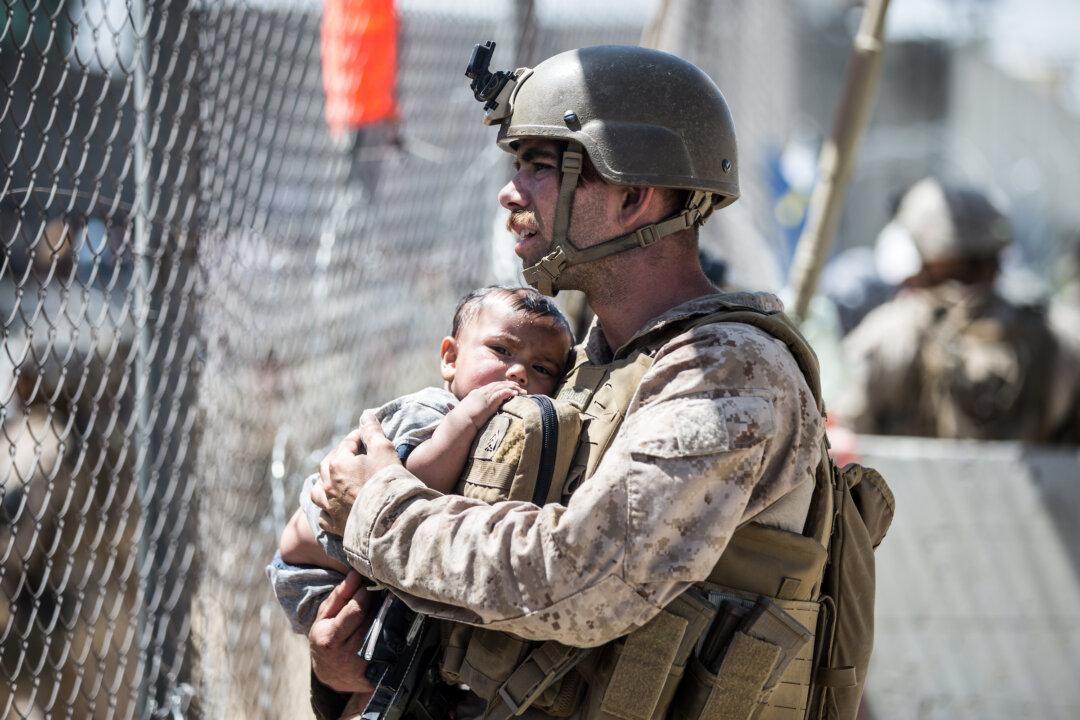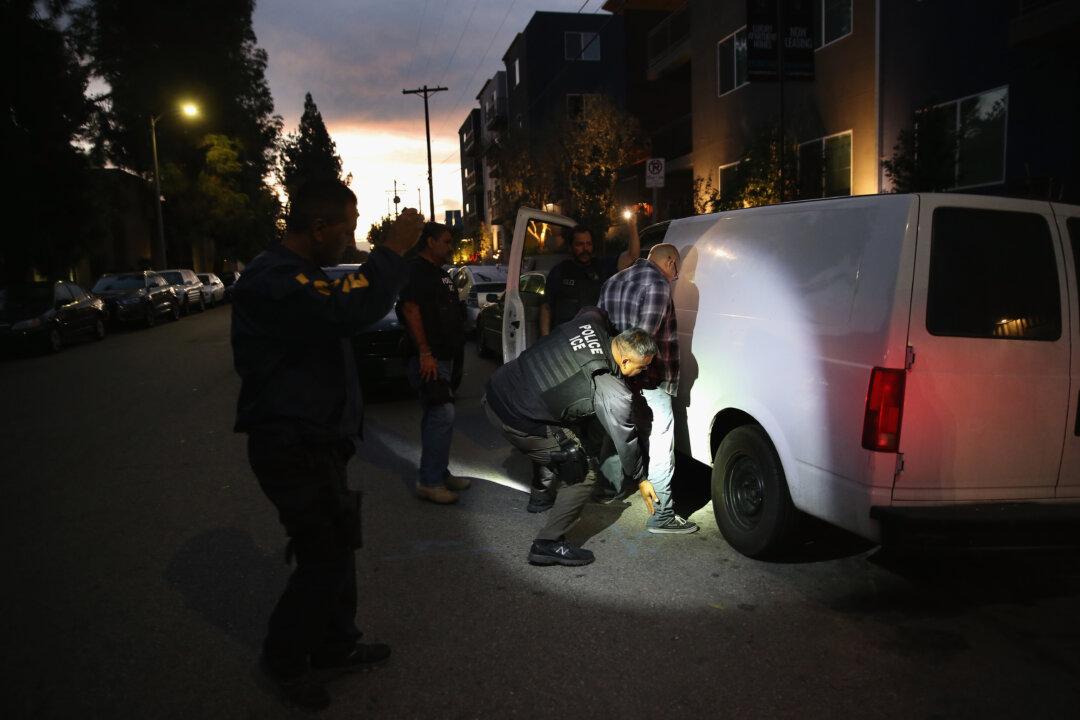Many service members experience difficulties when transitioning to civilian life after leaving the military. A new report has revealed that, during a 23-month period, the Department of Defense (DOD) failed to assist more than 4,000 at-risk troops.
A report by the Government Accountability Office (GAO) found that the Department of Defense (DOD), despite having a policy to assist at-risk service members during their transition, failed to help 4,300 troops between April 2021 and March 2023. This assistance, known as a “warm handover,” is supposed to provide these troops with a person-to-person connection to support agencies, such as the Veterans Administration (VA), to aid in their transition.





